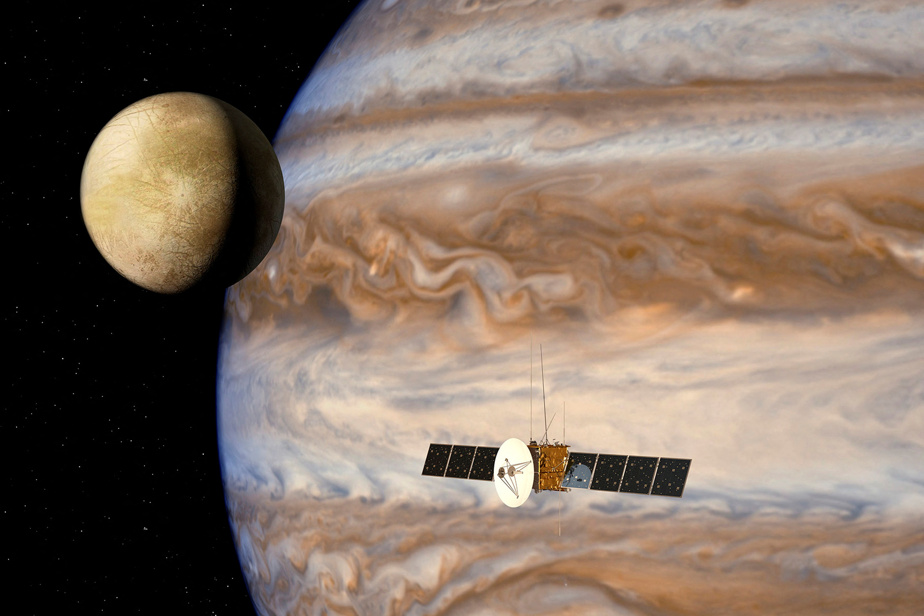(Cape Canaveral) NASA approved Monday the launch next month of a spacecraft bound for a natural moon of Jupiter, named Europeafter examining its ability to withstand the intense radiation that prevails there.
Questions about the reliability of the probe transistors Europa Clipper were raised earlier this year after similar problems emerged elsewhere.
As the launch approached, NASA rushed to conduct tests to ensure electronics could survive the $5 billion mission to determine whether the suspected ocean beneath the icy crust ofEurope could be conducive to life.
The launch is still scheduled for October 10 aboard a rocket. Falcon Heavy from SpaceX.
NASA has three weeks to launch the spacecraft before mothballing it for more than a year while waiting for another proper planetary alignment; the spacecraft must pass Mars and Earth to receive a gravity assist.
Project manager Jordan Evans said the transistors – located in circuits throughout the spacecraft – are expected to degrade as Europa Clipper will be exposed to the worst radiation during the 49 moon flybys. But they should recover in the three weeks between each flyby, said Evans of NASA’s Jet Propulsion Laboratory.
Teams came to this conclusion after conducting round-the-clock testing over the past four months.
It will take six years to Europa Clipper to reach Jupiter, where it will orbit the giant gas planet every three weeks.
Dozens of flyovers ofEurope are planned, at a distance as close as 25 kilometers, which will allow cameras and other instruments – including ice-penetrating radar – to map almost the entire moon.
Europa Clipper is the largest spacecraft ever built by NASA to study another planet. It measures more than 30 meters once its solar panels are deployed.
